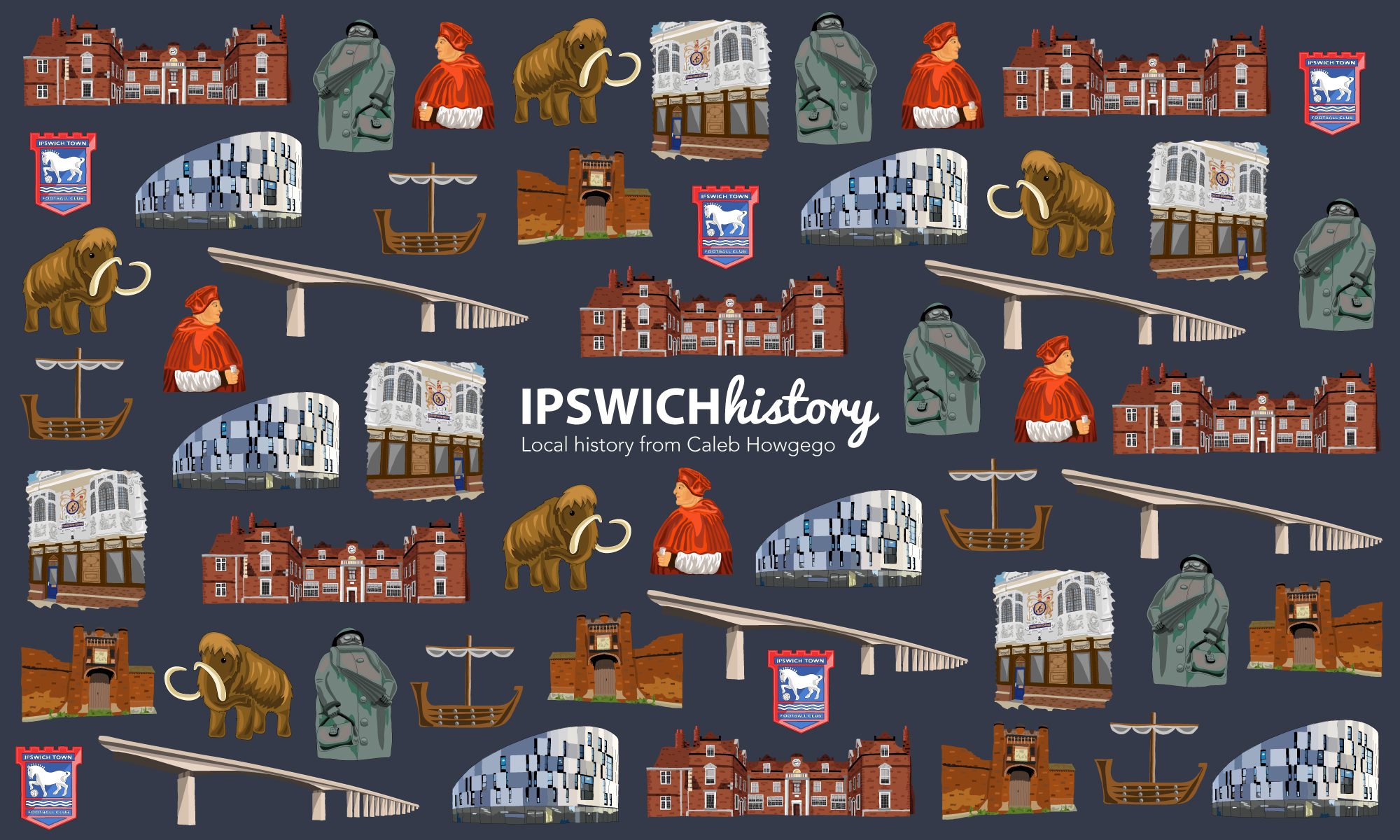Ipswich has been a port town for well over a thousand years and its docks as a consequence have a history all of their own far too long to cram into any single blog post. What I’ve decided to do therefore is pick out one significant transition in its history and explain why this was of such key importance to the quay.
 Left: The Ipswich wet dock at present.
Left: The Ipswich wet dock at present.
In the 18th century, Ipswich, and particularly its docks, was in a slump. This must have been very disappointing to the locals, especially as the previous century had been a time of such great prosperity. During the 17th century Ipswich had become a large centre of trade for grain and cloths and had also established itself as one of the only ports in the country through which wool was exported to Europe.
The problems of 18th century Ipswich were largely caused by the state of the River Orwell as it ran through and near the town. The twists and turns of the river near to the town had become a real problem for some of the merchant ships using the docks and were putting many off from using the port. Perhaps more importantly, the docks themselves were becoming increasingly silted up to the point of preventing many vessels from reaching the quayside, particularly at low tide.
Left: A plan showing the twists and turns of the river Orwell with the proposed new channels to be cut to straighten the rivers course.
William Chapman was the first man to suggest improvements that ought to be made to save the town from chronic decline due to the reduction in the rivers navigability. Chapman laid out his plans in the latter half of the 18th century, but unfortunately his ideas were largely left unheeded for quite some time.
By the beginning of the 19th century the ‘Committee of Subscribers for the Improvement of the Port of Ipswich’ could drag their heels no longer and accepted that they had to act. They began to take some of Chapman’s plans more seriously and even invested in a “steam dredging engine” (one of the first in Britain). This was used to begin the ongoing process of clearing the heavily silted areas of the docks, apart from the times when it was broken and in for repair when instead “Mud Men” were employed to dig it out by hand. Let us hope that didn’t happen too often, because as far as I’m concerned standing up to your knees in a gigantic mudflat, holding a spade, and being told you need to clear the whole lot asap sounds like one of the most daunting jobs in recorded history.
Once the mud had been dug up it found a use as ballast in ships that had unloaded their cargo in the port. It’s an interesting fact that most vessels of the period were built to actually be unstable when not weighed down by their goods. So it was that during the Victorian era perhaps Ipswich’s biggest export was the silt from its river, much of it ending up on the banks of the Tyne, as one of Ipswich’s largest trading partners at the time was Newcastle.
The twisting of the river Orwell near to the town was neatly solved by cutting new straighter bypasses for the water to flow through in the 1830s and immediately made the port a more attractive prospect to merchants.
Left: 1830 plans for the Wet Dock and New Cut.
Finally, and most importantly, the Wet Dock along with the New Cut were built by workmen during the late 1830s and early 1840s, under the instruction of David Thornbory who was hired by the port committee. The New Cut allowed the river Orwell to bypass the Dock itself giving the dock a stable water level, while allowing vessels to enter and exit through a lock system. At the time of its construction the Wet Dock, at 33 acres, was the largest of its kind in Britain.
Right: A modern day ariel view of the wet dock/new cut lock gates.
Although the construction encountered some difficulties and proved more time consuming and more expensive than its original proposed cost of £65,178, it soon brought in huge amounts of money for the town – as much as £10,000 a year in port dues by 1855, most of which was ploughed back into further improvements for the docks.
Above: The new cut at low tide – you can see parts of the riverbed, while over in the wet dock the water level remains unchanged.
And so it was that the people of Ipswich were able to turn their economic failings into profit (at least for a while) with a little investment, planning, elbow grease and, of course, mud.




